GOCHAIN 2018: THINK OF IT AS ETHEREUM PLUS OR IF YOU LIKE, ETHEREUM
Introduction
In 2009, an unknown person or group of people under the name Satoshi Nakamoto invented the first ever decentralized digital currencurrency, Bitcoin. This marked the beginning of a new era of cryptocurrencies and blockchain technology. Bitcoin transactions were made to operate solely peer-to-peer and the need for a third party was eliminated. The system worked without a central bank or single administrator, in other words, its a decentralized platform. Despite the great prospects of bitcoin, it had it's limitations.
In 2013, Vitalik Buterin argued that Bitcoin needed a scripting language for application development. Failing to gain agreement, he proposed development of a new platform with a more general scripting language. This subsequently gave way for the birth of the Ethereum Software Project in January 2014. Besides being a cryptoasset and running on top of a blockchain, Ethereum is so much more than it's predecessor, bitcoin. The Ethereum platform also functions as a huge decentralized computer, an operating system which allows for the creation of smart contracts, software or apps. As you would guess, Etherium has become an improved version of bitcoin and is gaining recognition all over the world. That is not to say that the platform is all perfect, unfortunately, Ethereum too has come with some major challenges that is making transactions inefficient.

The Ethereum Problem
There are a number of challenges currently facing ethereum platform, but for the purpose of this article, I shall concentrate on 3 major ones.
Scalability/Speed
Scalability is the capability of a system, network, or process to handle a growing amount of work, or its potential to be enlarged to accommodate that growth. As I said, the ethereum network operates like a decentralized computer. Unfortunately, it's a rather slow but expensive one. Right now, Ethereum can only process 13 transactions per second- that's like 5-100 times slower than today's computers. The platform depends on thousands of nodes (computers) across the world to run something called Ethereum Virtual Machine (EVM). The EVMs are basically operating systems that understand, interpret and execute programs written in ethereum specific language. So because of the poor scalability of the ethereum platform, it's unable to run more than 13 transactions in a second irrespective of how many transactions are waiting to be executed.
Decentralization
One key problem cryptocurrencies was supposed to solve is the centralization seen in fiat currencies, whereby a central authority is responsible for manipulating the activity of the currency. Unfortunately, the advent of cryptos has not been able to fully solve this problem. According to the GoChain white paper, at the time of it's writing, 4 companies in China accounted for 70-80% of all the mining activity for all the major coins/tokens including Ethereum. Apparently, our cryptocurrencies are not as decentralized as we would like to think.
Energy Consumption
A consensus algorithm is a process in computer science used to achieve agreement on a single data value among distributed processes or systems. The Ethereum network uses an algorithm called Proof-of-Work in the process of mining blocks and this requires huge amounts of energy. This you know that about 3.5 million US households could be powered with the energy used to run the Bitcoin network, while Ethereum uses the equivalent power of 1 million households? These amounts and rates of energy consumption is simply unsustainable.
The Solution
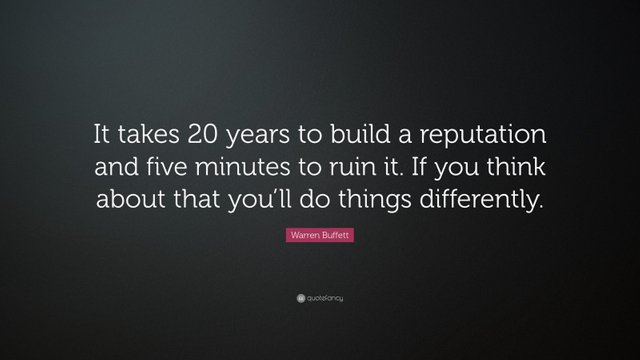
Have you heard of GoChain? It is the panacea to all the major challenges faced by the Ethereum network and more. Simply put, it is a truly decentralized, tokenized, ethereum based platform, aimed at providing more efficient and improved smart contracts for a more fulfilling transaction experience. GoChain introduces a new consensus algorithm known as Proof-of-Reputation (PoR). Contrary to ethereum's Proof-of-Work algorithm, this one works more like the proof-of-Authority algorithm where certain individuals can stake their reputation/authority to validate transactions. The PoR is more secured and reliable since it requires companies and organizations of significant reputation instead of individuals to validate transactions using their reputation as a collateral. As you can probably guess, companies have more to lose than individuals and are more likely to conduct themselves properly. The introduction of this new algorithm is also responsible for the improved feature that GoChain is bringing on board.
- 10x more decentralization
- 100x increase in speed
- 1000x improvement in energy consumption
As I said, the PoR algorithm allows companies to be rewarded and monetarily incentivized to process transactions in exchange for staking their identities. GoChain intends to force decentralization by selecting 50 companies across 50 different countries around the globe to serve as validators. This way, no one country will have the power to single handedly manipulate the market. In a situation where the government of a particular country decides to take over the network, this wouldn't significantly affect the ultimate market of the GoChain ecosystem. Simply, this averts a possible 51% attack.
Also, using the PoR algorithm, GoChain can run transactions 100x faster than ethereum. The ehtereum platform is about 2x as fast as Bitcoin but even still, this is very slow. Currently, GoChain has a working TestNet showing in excess of 1300 transactions per second ongoing with stability and has been running as high as 2400 transactions per second. This means the GoChain platform can handle larger volumes of tasks at faster rates than Ethereum and will allow for newer and more complex projects going forward.

GoChain Medium Test Result Publication
Last but not least, the introduction of PoR, GoChain will be able to dramatically decrease the energy utilization needed to process the blocks. The network effect will be somewhere between 1000 to 10,000x greener in terms of energy utilization.
The Good News
The good news is, GoChain is built upon an improved Ethereum codebase making it 100% compatible with the Ethereum network. This means all projects and applications that are currently running on the Ethereum network can simply be migrated onto GoChain without the need to change the codes of your program. Also note that on May 1st, GoChain will be starting it's pre-sale of GOC (a type of GoChain utility token). This will run for 2 weeks, after which the public sale will also commence and run for another 2 weeks.Below is the GoChain road map, where they have come from to where they are headed.
Is it the next big thing?
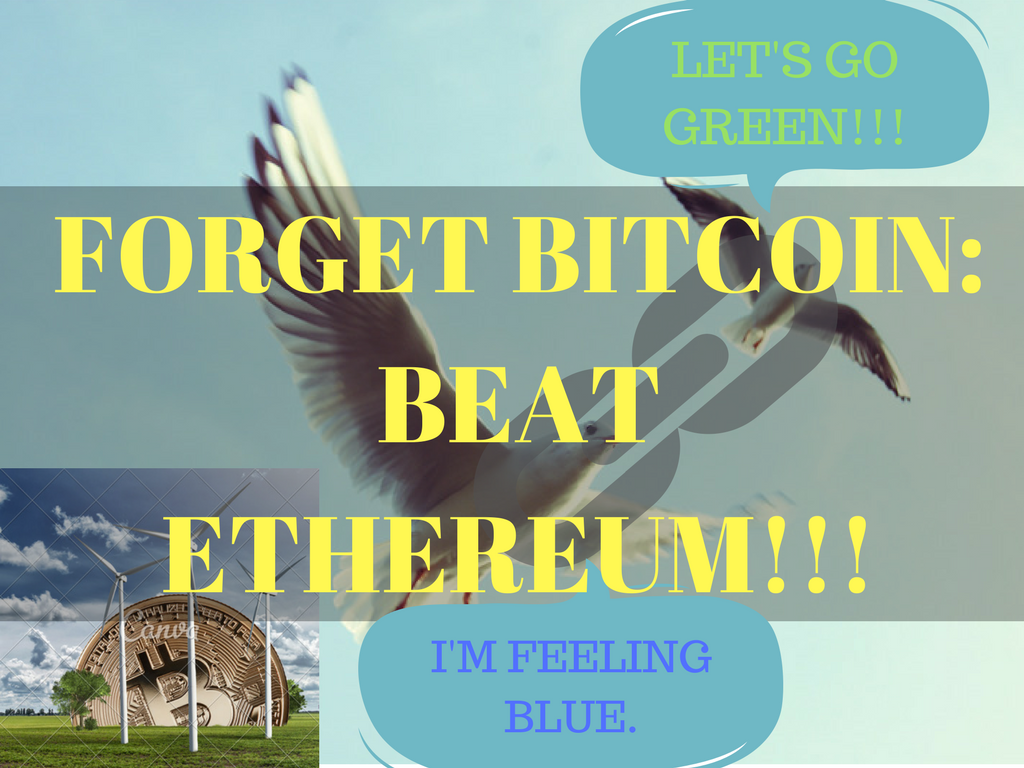
GoChain claims to be smarter, better, faster, and stronger than (presumably) Ethereum. If you have been reading my posts. You already know that I'm looking for ICOs with working models. I'm not looking at ICOs that offer only ideas. The long-term plan for execution is extremely important for a project to be successful. With that being said, GoChain already have a prototype.
What is GOChain?
GoChain is a scalable ERC20 smart contract blockchain. It is fast, secure and green so it requires much less energy for it to operate. It enables decentralized applications to be built on it. Smart contract developers can then lift and shift from Ethereum to GoChain and they're claiming that the going to have a hundred times increase in performance. This is not just a claim but it has been tested. In fact, by the fourth quarter of this year, they’re going to create a next-generation DAPP (decentralized application platform). They are going beyond Ethereum smart contracts.
10X More Decentralized
More than 70% of mining is in China and it's run by major companies like Bitmain and the likes which are huge companies. That’s why they can control the market thing. They control at least, the mining aspect. GoChain forces nodes to be in different countries. They are not going to have the same problems. -Not dependent on only a few major companies. So, you know, if they close down one day, many problems would emerge. That's their main aim. -To force nodes in different countries to be run by unrelated people and different companies so it's ten times more decentralized.

100X Faster
Right now, Ethereum can only process 13 transactions per second but Go Chain says they can do a hundred times more. - That makes 1300 transactions per second! They have a testnet and they have tested that.
1000X Greener
Many people don’t really care about this but if you think about how much energy (in the form of electricity) they use, they use an awful lot. -To the point that Ethereum energy consumption could even exceed that of a million households’. With that being said, being greener makes a positive impact to the environment and everybody else. Less consumption, less expenses! It’s a thousand times greener because it’s designed to use only a fraction of the energy used by other cryptocurrencies.
A Complete Roadmap
Their proof of concept is complete. They have actually implemented part of it already, including the testnet. It’s available for review prior to the opening of the public sale on April 1st.They already have nodes around the world supporting 1300 transactions per second. -That’s really huge. They are planning to go full-scale by 2019.
Token Data/Metrics
They have a total supply of 1 billion tokens. Their soft cap is 2500ETH and the hard cap is 26,500. Approximately 50,000 tokens will be generated per year for authorized nodes. This will decrease over time. They are going to sell only 50% of the tokens. The team is going to get 24 months lockup. They are only going to get 10%. The partners’ tokens (6%) will be on 6 months lockup so they can’t sell it right away. There is 10% for a foundation, market and legal expenses, 4%. The reserve (locked up for 12 months) is 10% and finally, Go Chain fund will get 10% in order to get the project off the ground.
The Team
Jason Dekker, the CEO, seems to be the obvious brain behind this project. He is a serial entrepreneur, former hedge fund manager (managing in excess of $250 M), board member, angel investor, and advisor with an exit to a public company. He also has extensive C-level experience in finance, tech, biotech, and the food & beverage industries. I’m confident that if he’s indeed the brain behind this project, this project is going to go places.
Chavis Reeder, the Chief Software Architect, is also a superstar! Travis holds a Bachelor's degree in Computer Science. He has over 20 years of experience developing high-throughput, high scale applications and cloud services. He’s a founder of a few successful technology companies. He has also raised tens of millions in funds from some of the top VC companies in Silicon Valley. He solved scaling and delivering problems in scalable services for his whole career. He is now applying the knowledge and experience he gained to blockchain technology.
From number one and two in the team, I’m already confident that they’re uniquely qualified to solve Ethereum’s problems. It’s basically an all-star team. You can also check the advisers on your own to make sure they have the qualifications you prefer for this project.
According to their plan, in May, they are going to be 100 times faster than Ethereum. If this project gets executed correctly, they will beat EOS, Cardano and many others. If it becomes a hundred times faster, and they’ve already tested it. You can check the results below.

Image Source
I think I have already highlighted the important aspects that I have reviewed on this project. You can view the white paper here
As usual, I’m not your financial advisor. I just shared my opinion and thoughts about this project and you want to do your own research before investing in anything.
Conclusion
To summarize it all, GoChain is here to take the world of smart contracts into the future. Here, you can execute transactions at a faster, cheaper and more secured manner. Just like Ethereum came to resolve the shortfalls of Bitcoin, so is GoChain here to upgrade Ethereum. As I said, think of it as Etherium plus or if you like Etherium 2.0.
Now, consider this simple use case:
About a year ago, John and Mary developed an application that run on the Ethereum network. It is a simple platform that allows users to offer and procure handy services without the use of a third party. They called it HandyNow. With this platform, one can easily access services such as petty plumbing, minor repair works in the house and office, cleaning and so on with the use of smart contracts. Once the work is complete the user confirms it on the platform and an amount ( pre-agreed on) is transferred into the service provider's account. The platform got a lot of patronage and more people are now employing these services on a daily bases. Unfortunately, the Ethereum network can only process 13 transactions per second and has apparently become too slow for HandyNow.
John and Mary hears about GoChain from a friend and have decided to check it out. Since their app is already running on the Ethereum network, they simply migrated this app onto the GoChain platform. Now, the thousands of users can now offer and procure services within the shortest possible time.
More Information & Resources:
This is a submission to the @originalworks contest here
Gochain2018


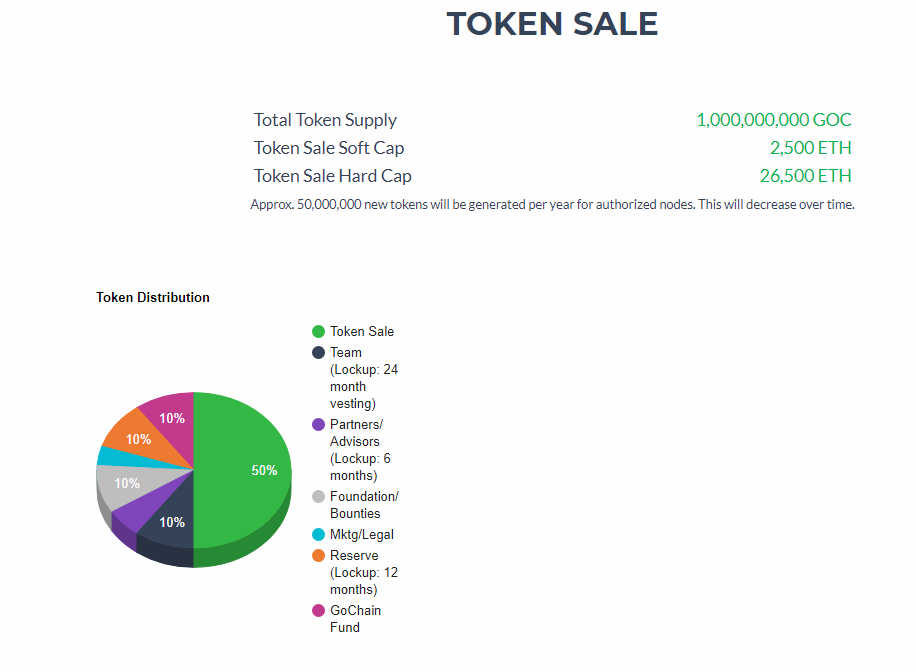


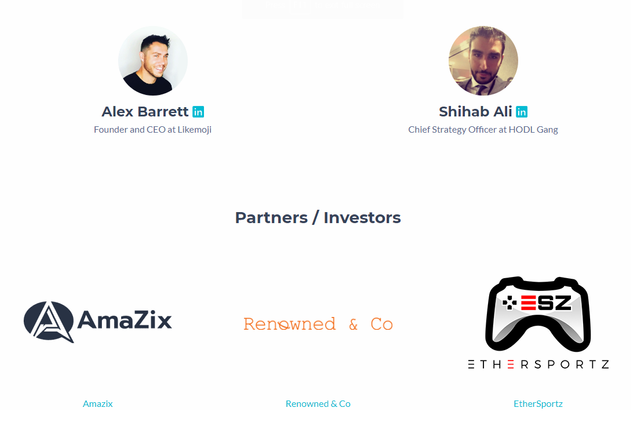
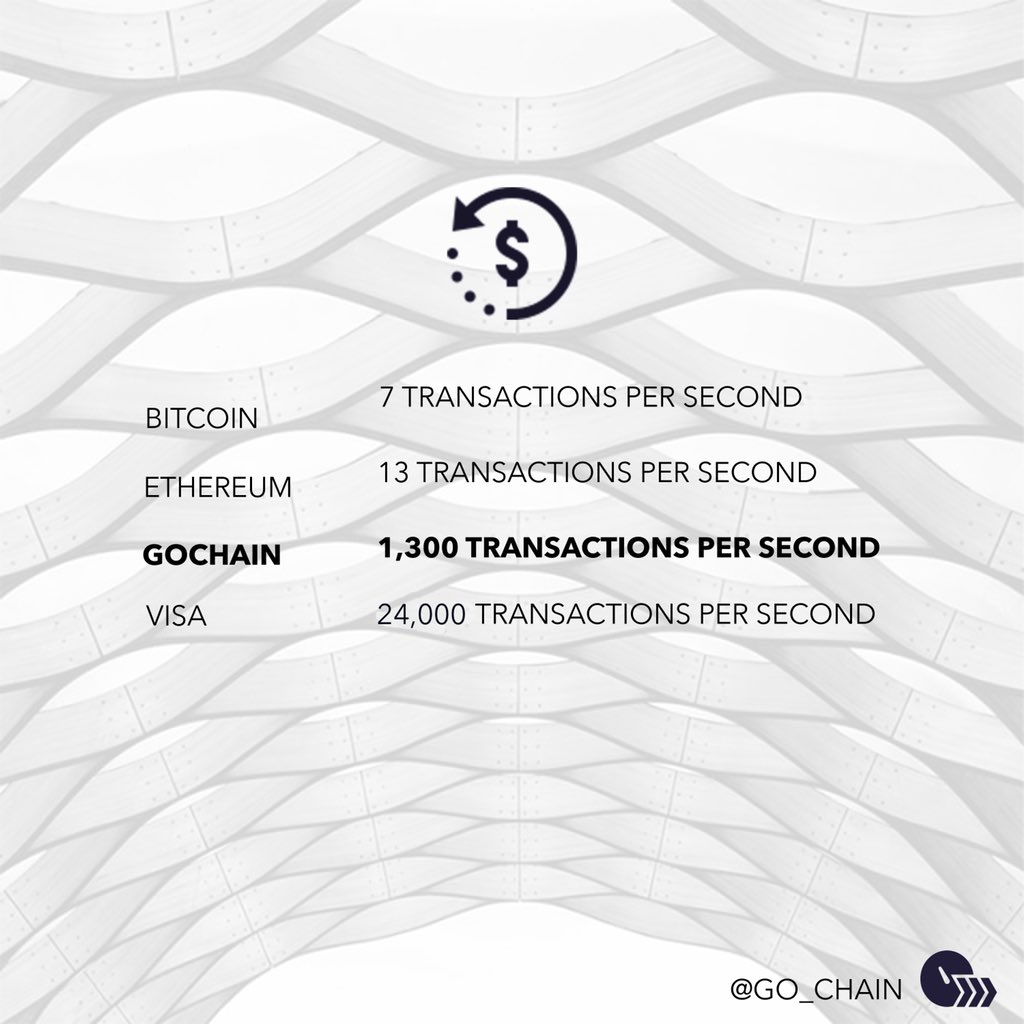
upvote for me please? https://steemit.com/news/@bible.com/6h36cq